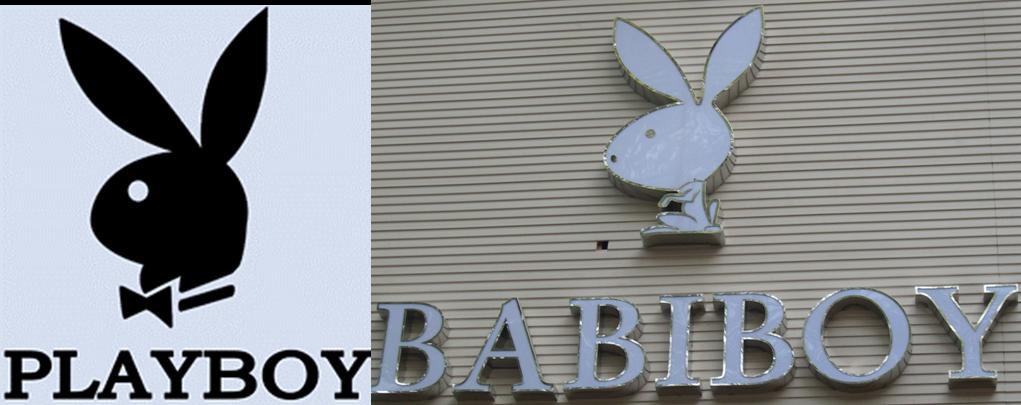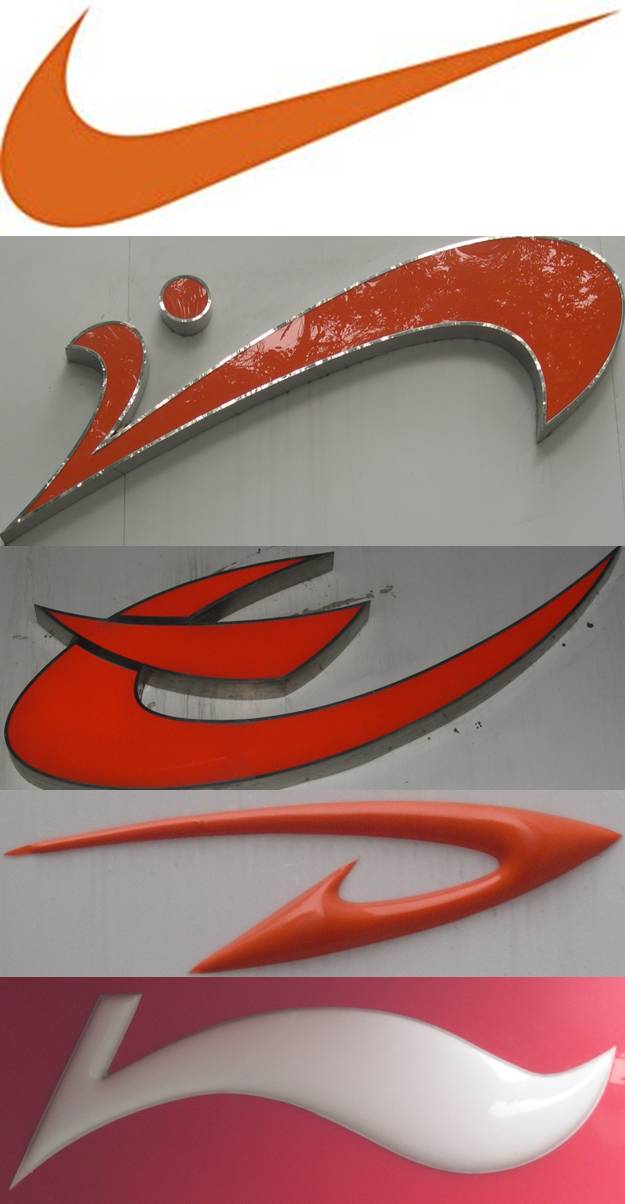Entries in Trademark Infringement (368)
Ninth Circuit Finds Insurer Had Duty to Defend Trademark Infringement Claim
 The Pittsburgh Steelers’ “Steel Curtain”: “Mean” Joe Greene,
The Pittsburgh Steelers’ “Steel Curtain”: “Mean” Joe Greene,
L.C. Greenwood, Ernie Holmes, and Dwight White
Last week, the Ninth Circuit decided a relatively rare insurance coverage case involving claims of trademark infringement.
Its decision, however, isn’t surprising given precedent that an insurer has a duty to defend any suit that potentially seeks damages covered by a policy, resolving any ambiguity in the policy in favor of finding coverage.
In NFL Properties LLC v. All Authentic Corp., NFL Properties sued All Authentic for allegedly selling counterfeit NFL jerseys that contained the words “Steel Curtain.” The Pittsburgh Steelers have used STEEL CURTAIN as a trademark and own a state registration for that mark. The complaint alleged causes of action for trademark infringement, counterfeiting, dilution, unfair competition, and deceptive acts and practices.
Hudson Insurance Company defended All Authentic in the case under its insurance policy with All Authentic. Colony Insurance Company, however, argued its policy did not cover the claims against All Authentic and refused to defend the suit because its policy excluded trademark infringement other than infringement as part of the insured’s “slogan” — something Colony argued NFL Properties did not allege.
In the follow-on lawsuit between the insurers, Hudson sought equitable contribution from Colony for Hudson’s costs of defending All Authentic. The Central District of California granted Hudson’s motion for summary judgment, finding that Hudson was entitled to equitable contribution because Colony had a duty to defend All Authentic but failed to do so.
Colony appealed.
On Nov. 5, the Ninth Circuit affirmed, taking the lead from a similar case out of the Sixth Circuit.
“In Cincinnati Insurance Co. v. Zen Design Group, Ltd.[, 329 F.3d 546, 550, 556 (6th Cir. 2003)], the Sixth Circuit concluded that the underlying complaint potentially stated an action for slogan infringement because the complaint stated that the third-party plaintiff ‘marketed and advertised its LED handheld flashlights using the widely-recognized trademarks ‘WEARABLE LIGHT’ and ‘SAPPHIRE.” Just as in this case, the insurance policy covered slogan infringement but not trademark infringement. The Sixth Circuit held that it did not matter that it was doubtful whether WEARABLE LIGHT could legally be a slogan or that the complaint ‘never refer[red] to WEARABLE LIGHT as a slogan.’ Because ‘[a]ny doubt as to the insurer’s liability must be resolved in favor of the insured,’ the court concluded that ‘the complaint’s failure to refer to ‘The Wearable Light’ as a slogan and its failure to include infringement of slogan as a specific claim does not alleviate [the] duty to defend.’ Similarly here, it does not matter that the NFL complaint never referred to ‘steel curtain’ as a slogan and never listed slogan infringement as a cause of action.
The court added that ”… NFL Properties did not unambiguously concede in its complaint that it had no standing to bring a slogan infringement claim for ‘Steel Curtain,’ and NFL Properties did not expressly disclaim a slogan infringement claim or standing to bring such a claim. The NFL Complaint states that ‘NFL Properties is jointly owned in equal shares by the Member Clubs of the NFL…. NFL Properties promotes the intellectual property of the NFL and the Member Clubs … and protects the marks owned by the Member Clubs against misuse in various forms.’ Then the complaint states that ‘[t]he Steelers [an NFL Member Club] have strong common law rights in the mark ‘Steel Curtain.”
“Rather than unambiguously conceding the element of ownership or disclaiming standing, these statements argue that NFL Properties does have standing to enforce the Steelers’ rights to the phrase ‘Steel Curtain.’ Because any ambiguity in the complaint or doubt regarding the duty to defend must be resolved in favor of coverage, NFL Properties’ ambiguous statements potentially support standing to sue for slogan infringement.”
For these reasons, the court found: “The district court correctly concluded there was a duty to defend based on a potential slogan infringement claim. Because the NFL complaint potentially stated a cause of action for slogan infringement, Colony had a duty to defend All Authentic in the NFL Action, and Hudson is entitled to equitable contribution.”
The case cite is Hudson Ins. Co. v. Colony Ins. Co., __ F.3d __, 2010 WL 4367014, No. 09-55275 (9th Cir. Nov. 5, 2010).
Priority Evidence Insufficient to Support Hana Bank's Summary Judgment Win
The Central District of California granted summary judgment against Hana Financial, Inc., in its trademark infringement suit against Hana Bank.
It did so based on an advertisement that Hana Bank produced that predated Hana Financial’s first use by a year.
The Ninth Circuit, however, decided that ad was not sufficient to establish first use in commerce.
“While relevant,” the court found, the advertisement does not, standing alone, establish ‘first use’ for purposes of our priority analysis.”
The court went on to find: “Recognizing that the advertisement itself was insufficient, Hana Bank attempted to meet its burden to show that the ‘Hana’ mark was sufficiently used in United States commerce by presenting customer applications, newsletters bearing the ‘Hana’ mark, and documents that purport to show that services were available to its Hana Overseas Club members in July 1994 and the amount of business these customers transacted over the years. Although this evidence is relevant to the determination of whether Hana Bank’s use of the ‘Hana’ mark in 1994 was sufficient to establish commercial use in the United States, it is either subject to competing inferences or inadmissible. For example, Hana Bank only provided one customer application from a customer in the United States that is dated before Hana Financial’s registration date. That application, however, is subject to the inference that the customer actually resided in Korea. Further, Hana Bank failed to provide the proper foundation for admission of many of its supporting documents as business records. Accordingly, these documents constitute inadmissible hearsay and may not b relied on at summary judgment.
“After disregarding the inadmissible documents and the portions of the declarations referring to those documents and viewing the remaining evidence in the light most favorable to Hana Financial, we hold that genuine issues of material fact remain. These issues include the number of customers Hana Bank had in the United States, when Hana Bank began providing services to those customers, and how much business these customers transacted over the years. Nor can Hana Bank meet its burden to show the absence of any triable issue on these points by reference to the general, uncorroborated statements contained in many of its declarations. Accordingly, we conclude that, on this record, Hana Bank has failed to establish its priority over use of the ‘Hana’ mark as a matter of law and we remand for trial.”
The case cite is Hana Financial, Inc. v. Hana Bank, 2010 WL 3937582, No. 08-55243, 08-55244, (9th Cir. Oct. 4, 2010).
STL on Infringement Safari: China, Part 3
Hey, they keep me entertained, but enough’s enough.
So here’s the final installment of STL’s “infringement safari” from my trip to China. (Catch up with Part 1 and Part 2)
Today’s theme is coffee.
Here’s the logo from Seattle’s Tully’s Coffee and an admirer from Beijing:
 Seattle’s Tully’s Coffee; Beijing’s Tully Coffee
Seattle’s Tully’s Coffee; Beijing’s Tully Coffee
Ok, law school exam time. Is it trademark infringement if a real company adopts a fictional trademark?
Here’s a Beijing mall coffee shop that’s branded itself as “Central Perk” from the late, occasionally-great, sitcom “Friends.”
This isn’t the cafe from “Friends,” but does it infringe?
So where will the next infringement safari take place? Istanbul? New Delhi? Hanoi? Tacoma?
Figuring that out’s half the fun.
STL on Infringement Safari: China, Part 2
I was having so much fun in China on infringement safari, I couldn’t resist a second installment.
Here are some more snaps from Xi’an:
 The original and a fan
The original and a fan
As mentioned yesterday, this was a from brick-and-mortar store, not a back alley market.
Not to be outdone, Nike has some fans in Xi’an as well:
 Nike’s swoosh and some similar designs
Nike’s swoosh and some similar designs
Nor are these shoe companies fly-by-night. The bottom one, Li Ning, has enough financial muscle to hire Chinese superstar Yao Ming as its endorser. It’s reportedly the top Chinese athletic brand.
I wonder if it’s fashionable to call to mind the original, but with a twist.
Apart from infringement and dilution, it all may be tongue-in-cheek.
Tomorrow’s final installment: coffee shop infringement.
STL on Infringement Safari: China
It’s been fun combining a little R&R with a little trademark infringement. As longtime readers will remember, STL’s been on infringement safari in Merida, Seoul, and Seattle.
This time, it was China.
These crocodile copycats come from Xi’an and Shanghai:
 The presumed original (top) and four friends
The presumed original (top) and four friends
Interestingly, the presumed infringers weren’t flea market vendors. They were brick-and-mortar shops on main shopping streets.
Sure, I heard a lot of “hello, watch, bag” calls from touts, but the counterfeits I’m used to seeing in big cities in the States just weren’t as visible on the streets of China.
Or perhaps they were hidden in plain sight.
Tomorrow’s installment: Chinese riffs on Nike and Playboy!